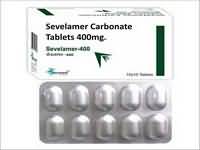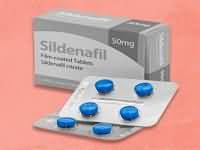pyrazinamide

CLINICAL USE
Antimicrobial agent for tuberculosisDOSE IN NORMAL RENAL FUNCTION
1.5–2 g per dayPHARMACOKINETICS
DOSE IN RENAL IMPAIRMENT
GFR (mL/MIN)
DOSE IN PATIENTS UNDERGOING RENAL REPLACEMENT THERAPIES
IMPORTANT DRUG INTERACTIONS
Potentially hazardous interactions with other drugsADMINISTRATION
Reconstition
–Route
OralRate of Administration
–Comments
–OTHER INFORMATION
Available from IDIS on a named patient basis. Can precipitate gout as impairs urate excretion
See how to identify renal failure stages according to GFR calculation
See how to diagnose irreversible renal disease
Home








